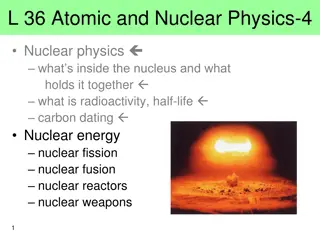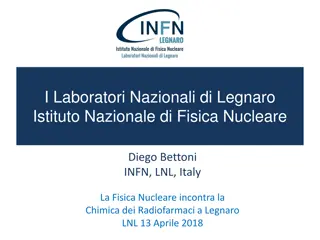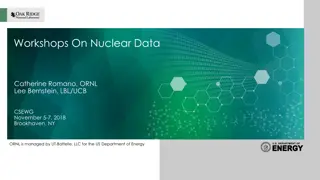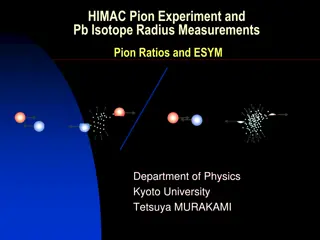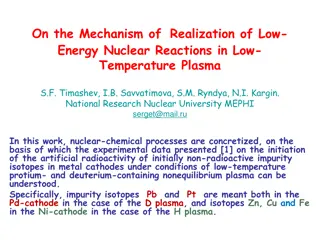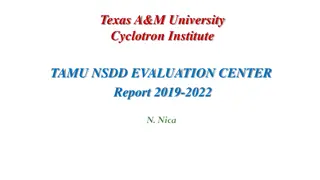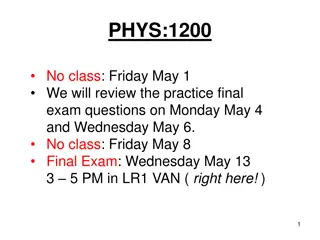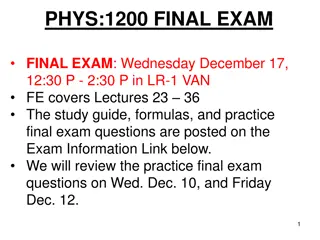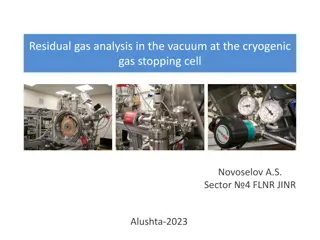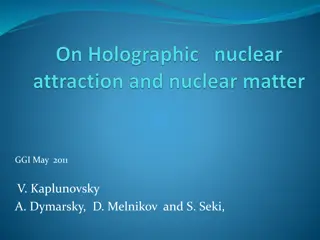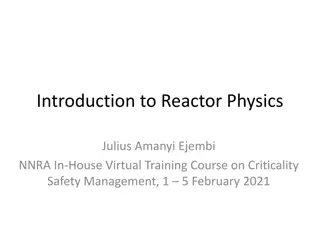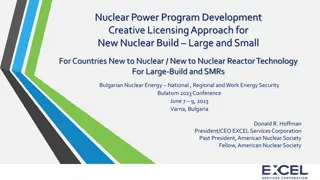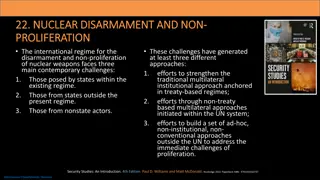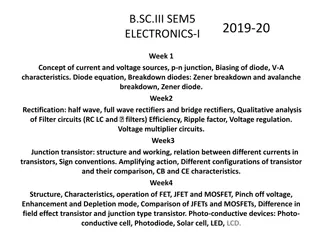
Understanding Nuclear Charge Distribution and Density in Atoms
Explore the fascinating world of nuclear charge distribution, electron scattering experiments, and nuclear density saturation in atoms. Learn how these properties reveal insights into the structure and composition of atomic nuclei.
Download Presentation

Please find below an Image/Link to download the presentation.
The content on the website is provided AS IS for your information and personal use only. It may not be sold, licensed, or shared on other websites without obtaining consent from the author. If you encounter any issues during the download, it is possible that the publisher has removed the file from their server.
You are allowed to download the files provided on this website for personal or commercial use, subject to the condition that they are used lawfully. All files are the property of their respective owners.
The content on the website is provided AS IS for your information and personal use only. It may not be sold, licensed, or shared on other websites without obtaining consent from the author.
E N D
Presentation Transcript
Electron Scattering experiment For example 12 C Isotope is three The electron scattering data- studied finite momentum range qmin qmax Electrons can interactwith protons becausethey are both electricallycharged. But electrons do not so stronglyinteract with neutron,so that the reflection ofelectrons, i.e. electron scattering,can be used only for the measurementof the charge distribution(or the proton distribution)in a nucleus The proton distributionin a nucleus may not alwaysbe equal to the mass distributionincluding both ofprotons and neutrons.However it would be possibleto get a rough estimationof the nuclear mass distributionand the nuclear radius.
Most nuclei arenearly spherical. Many protons andneutrons collect to composea spherical cluster the charge distributionin a nucleus, Woods-Saxon typefunction precise investigationsof nuclear radii havecarried out for a wide rangeof nuclides.Not only electron scatteringbut also various methodshave been used for this purposeand then it has been clarified thatthe nuclear radiusis generally givenby the following formula: is the mass number of the nucleus
Nuclear Density and Its Saturation] the volume of a nucleus, V, Therefore the density of the nucleus is This means thatthe nuclear density isalmost constantindependently of kind of nucleus. This is called thesaturation of nuclear density.It is one of the remarkable propertiesof atomic nuclei.From this property, we can see thatthe mean value ofthe internucleon distance dis



